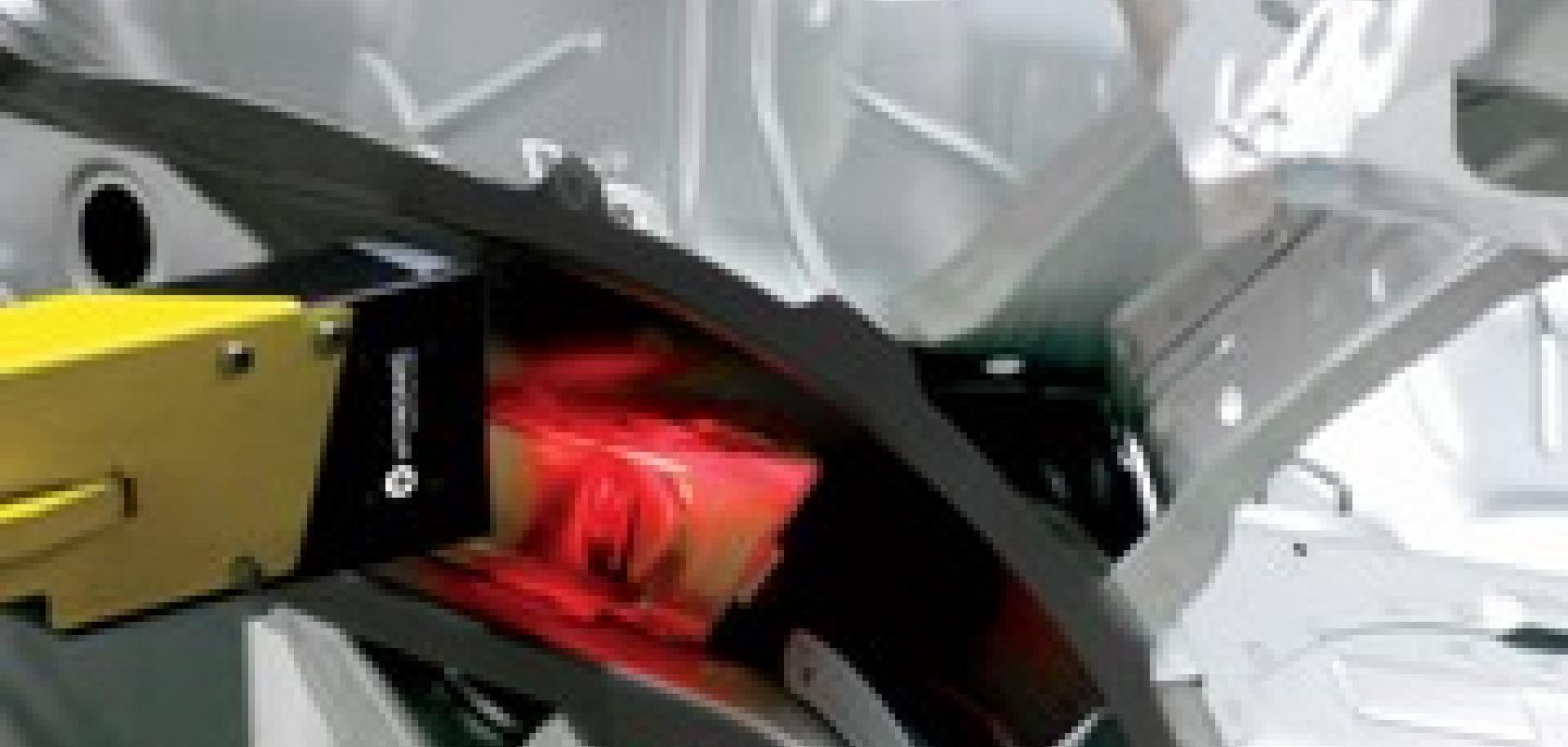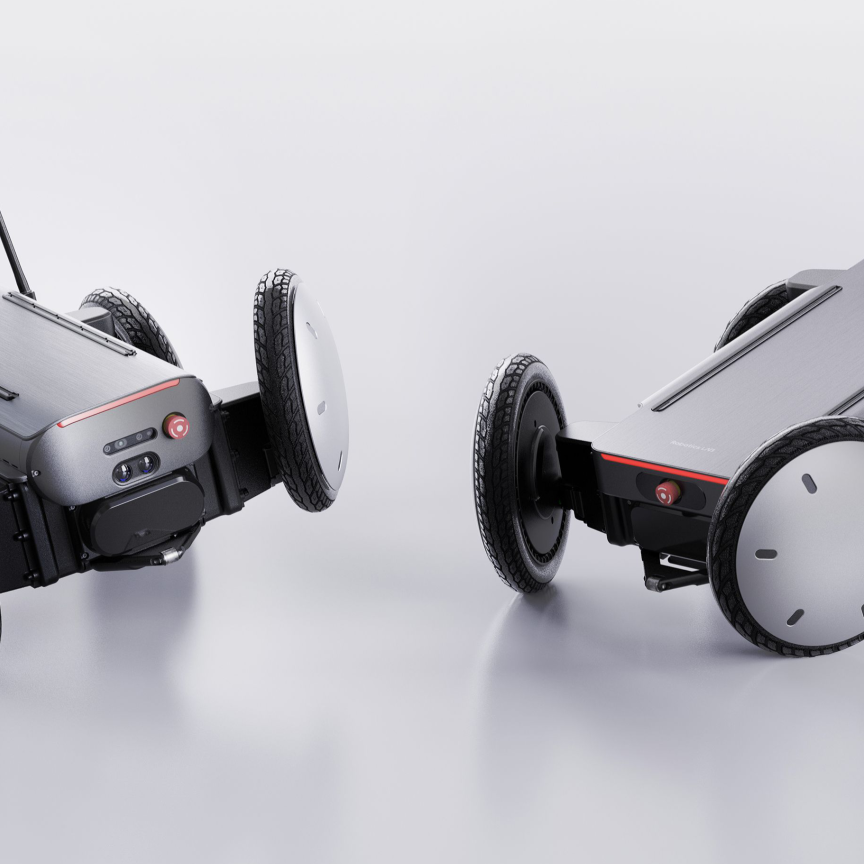The BMW Group has been using weld seam inspection systems from Vitronic on its 5 Series saloon at its plant in Dingolfing, Germany. The welded seams on the rear part of the steel body are inspected optically using the VIROwsi weld seam inspection system.
The welded seams are inspected in the same production cell at BMW’s plant in Dingolfing, Germany immediately after MAG welding is completed. This is necessary in order to inspect key seams that could be hidden during subsequent production processes and thus would no longer be accessible for inspection. A handling robot is used to inspect the component; this saves on robotics and the need for a separate cell. VIROwsi inspects MAG weld seams on the rear part of the steel body in two different stations.
The main chassis beam on the rear part consists of 12 welded seams, each 20-30mm long, with six on the right and six on the left. Inspection takes place according to BMW specifications for welded seam length, seam surface, seam position, throat thickness, holes, undercuts and pores. To achieve this, a robot moves the main chassis beam along a stationary sensor so that all welded seams can be inspected. The inspection takes 34 seconds.
At the first station, VIROwsi inspects two parallel MAG welded seams that are positioned very close to one another. This represents quite a challenge for the welded seam inspection software, because there is generally weld-free sheet metal to the left and right of the seam and the system must locate the edges of the welded seam (seam expansion) easily.
At a second station, VIROwsi inspects eight welded seams along the main chassis beam, each with a welded seam length of 30mm, seam surface, seam position, throat thickness, holes, undercuts and pores. The inspection here takes 16 seconds.
Information on the size and position of the defects is recorded in a protocol which can be used for tracing and process optimisation.
The VIROwsi weld seam inspection system consists of a sensor and a high-performance computer unit with evaluation software and a statistics function. The system captures 3D data which can be used to derive a quality claim objectively based on the measured values.
The measurement technology is based on the light sectioning principle. Typical scan speeds are between 100 and 200mm/sec depending on the handling mechanism used.


